- Water rat
- Rat habitat
- Extermination of rodents
The water rat, it is also a European vole, belongs to the hamster family. They can call a rodent in different ways. The natural habitat is the area in close proximity to ponds. Less common in fields, meadows, gardens, gardens. To the human lands is selected during floods, fires, with the onset of cold weather.
Description of appearance
Water rats resemble normal gray ratmuskrat. Characteristics of appearance are determined by a swollen body, a shortened muzzle, small, almost invisible ears, fluffy fur. The coat is smooth, silky, much longer than that of an ordinary rat. Because of her legs appear short.
What does a water rat look like, experts know, the rest confuse it with rodents familiar to humans. Below is the water rat in the photo, where you can clearly see the differences.
The eyes are small. Diagnosed by the presence of yellowish incisors in the middle part. The length of the tail of a water rat is ½ of 2/3 of the body. Somewhat shorter than tail of an ordinary rat. It has a round cross section, covered with short hair, ends with bare skin, a brush 0.5 cm long is visible at the tip.
The body length of a water rat depends on its habitat and geographic location. On one territory there are animals with a trunk from 110 to 260 mm. The rodent weighs 120-330 g. The average weight of the animal is 140-250 g. The sea rat in the photo below has larger sizes. River rat in the photo with more rounded shapes, a short body.
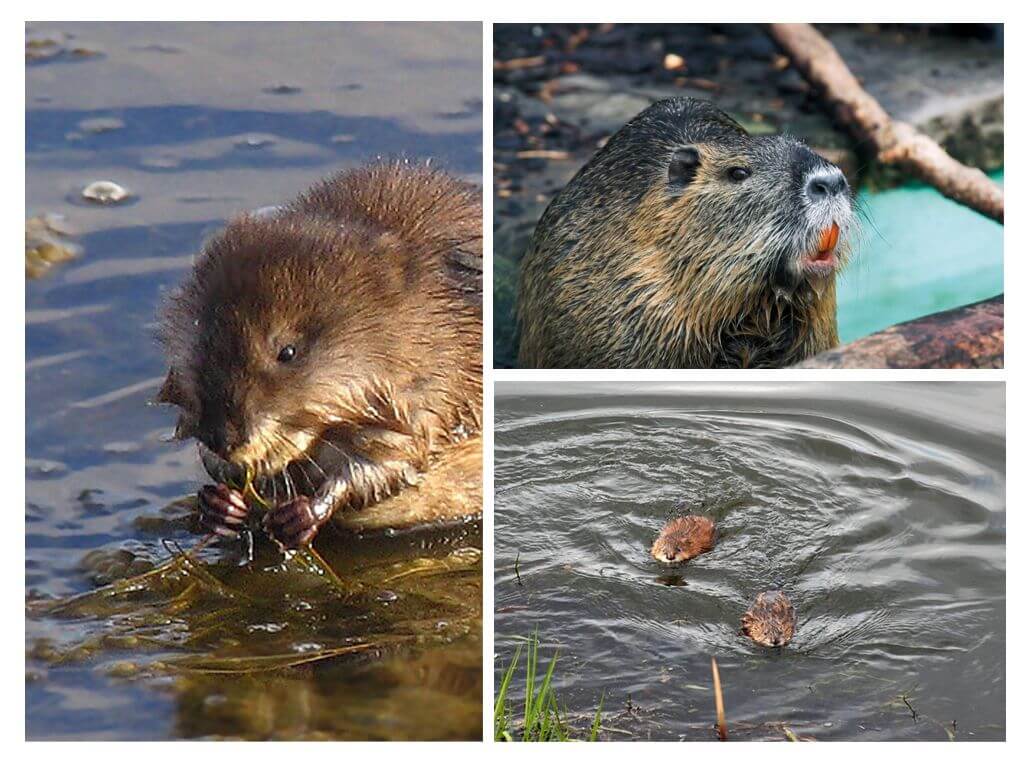
Wool has a significant down layer. The appearance of the rodent does not change depending on the season. The color is one-color - in gray, brown, black tones. Some individuals have a white stripe at the tip of their tail.
On a note!
The furry animal did not pass people's attention. Fur is used for tailoring outerwear, hats for women. Products are shiny, neat, warm.
Habitat
Vole is found all over the world. Water rats live in forests, fields, steppes, deserts. Prefer habitat closer to the water. They know how to swim well, they like coolness, but not cold.
Where the water rat lives is interesting to many. Some representatives of humanity are trying to find a furry animal with the aim of sewing expensive products, others - to destroy.
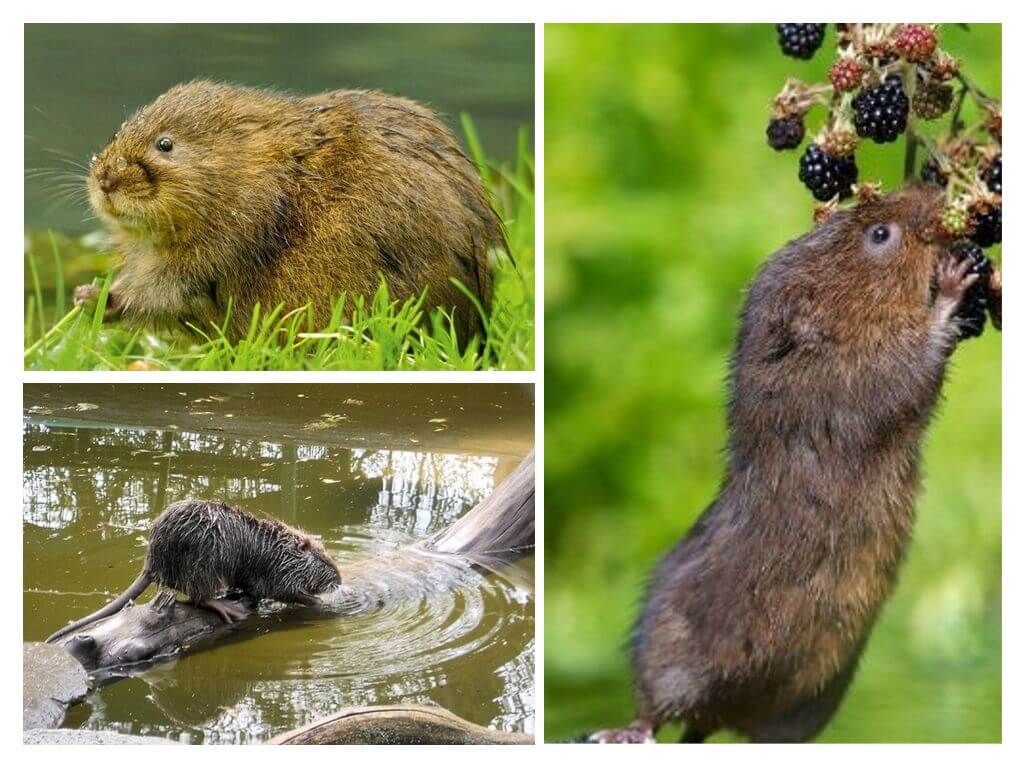
A waterfowl makes holes in the ground. Builds numerous moves, underpasses. It breeds, feeds offspring, hibernates. With the onset of adverse conditions - flooding, lack of food, moves to a drier area. Periodically returns to water.
On a note!
In most cases, underwater rats prefer to live near swamps. Standing water quickly freezes with the onset of cold weather. By mid-autumn, the animal begins to look for a more suitable habitat for wintering. Human lands are attracted by loose earth, warmth, an abundance of food.
Animal nutrition
What the water rat eats is not hard to guess. The animal, despite its cute appearance, is a predator. According to the method of nutrition, it does not practically differ from the usual domestic rat. It can eat large quantities of crops, cereals, vegetables, nibbles trees, not averse to feast on other small mice.
Scientists have noticed that the vole population is growing once every 8 years. Individuals begin to populate all areas suitable for life, causing damage to agriculture and gardens. During the warm season, an adult reproduces 2 offspring. By the fall baby rat manage to grow up, wreck on an equal basis with adults.
Harm to humans
Water rat feels great on grain fields, orchards. With multiple occupancy, the damage is colossal. The animal does not so much eat the grain as it spoils the fields. Digs numerous passages, burrows, leaves a mound of earth on the surface. The stems fall, intertwined. Grain on the earth disappears, loses its properties, presentation.
A pest of crops can spoil the harvest of carrots, beets, potatoes. Only beans, onions, and garlic are not attracted. These beds are bypassed. In the gardens, young trees, old ones, suffer from the water rat. The animal nibbles the bark, destroys the seedlings, regales its fruits.
On a note!
In the presence of grain, vegetable stores prefers to be based in these places. Winters safely, with the onset of spring, it makes its way closer to swamps, rivers, and one environment.
Water rat is a carrier of serious diseases - leptospirosis, fever, tularemia, vector-borne diseases. Can eat the infected body of a dead animal, brings infection to humans. The question of the destruction of pests concerns not only crops, but also health.
Getting rid of a water rat
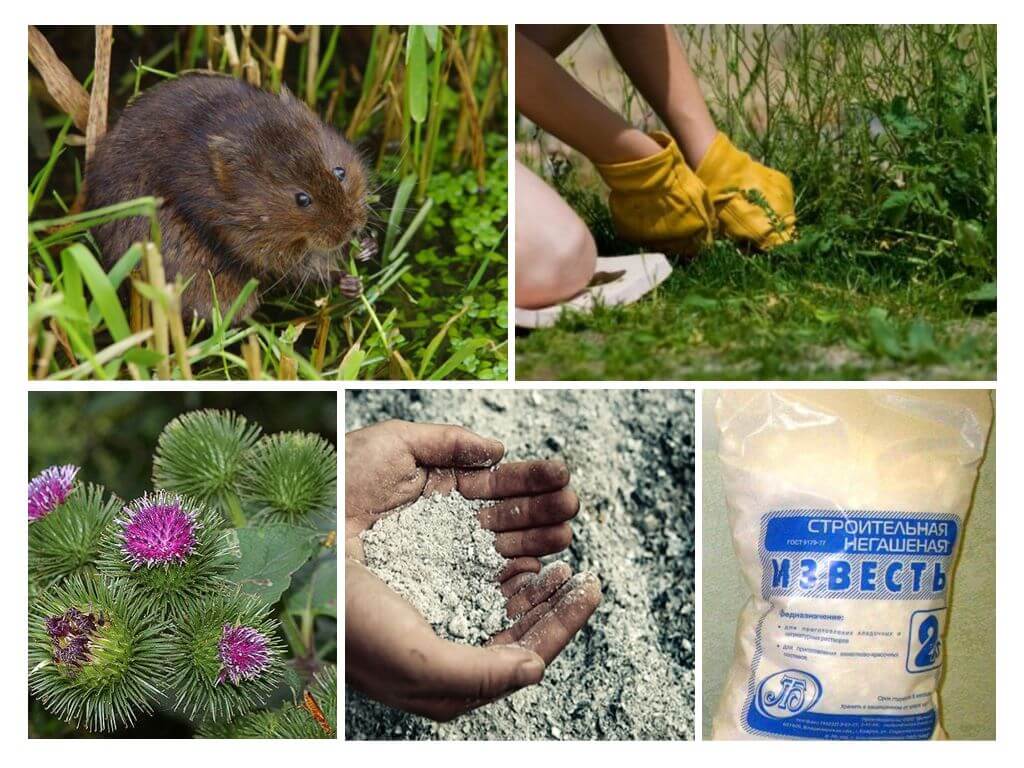
Human efforts are directed more toward exile than destruction. Use rat poison inhumane, dangerous. Poisoned bait can damage domestic cats, dogs, and other animals that are natural enemies of rats. The exception is large fields, premises - barns, storage. There you can fight rat poison.
Traps rat traps use impractical in open areas. In barns, storages, cellars, the tool works well. As effective rat remedies even glue traps are used where possible.
The main task is to expel from the garden, field, garden or to prevent penetration.
- Fence your land, garden with a fence with small gaps, concrete down or lay a row of bricks. The water rat will not undermine the earth.
- In the garden, plant in various of its frequent legumes, onions, garlic, peppermint. Rodents do not tolerate these smells.
- Wormwood, tansy, chamomile, peppermint are scattered across the beds.
- If holes are found, rags soaked in kerosene, gasoline, naphthalene, acetone are crammed. To keep the smell for a long time, the rag is placed in a plastic bag, make a small hole in it.
- They scorch the wool, put it near the hole. This smell expels pests almost immediately.
- Scatter balls of burdock in the garden. Weeds are afraid of water rats due to thorns. It adheres tightly to the coat, restricts movement, and causes a lot of inconvenience.
- Sprinkle wood ash. It irritates the skin; if it enters the stomach, it causes an upset. Permanent poor health forces the rodent to leave the intended territory.
- Trees are coated with lime in combination with copper sulfate. In autumn, a belt is made of different materials, branches of needles, plastic bottles, roofing felt, etc.
Fighting rodents is carried out in popular ways. The main task is to expel from the territory, to prevent re-penetration. Recklessly destroying a furry animal is not worth it.


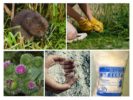
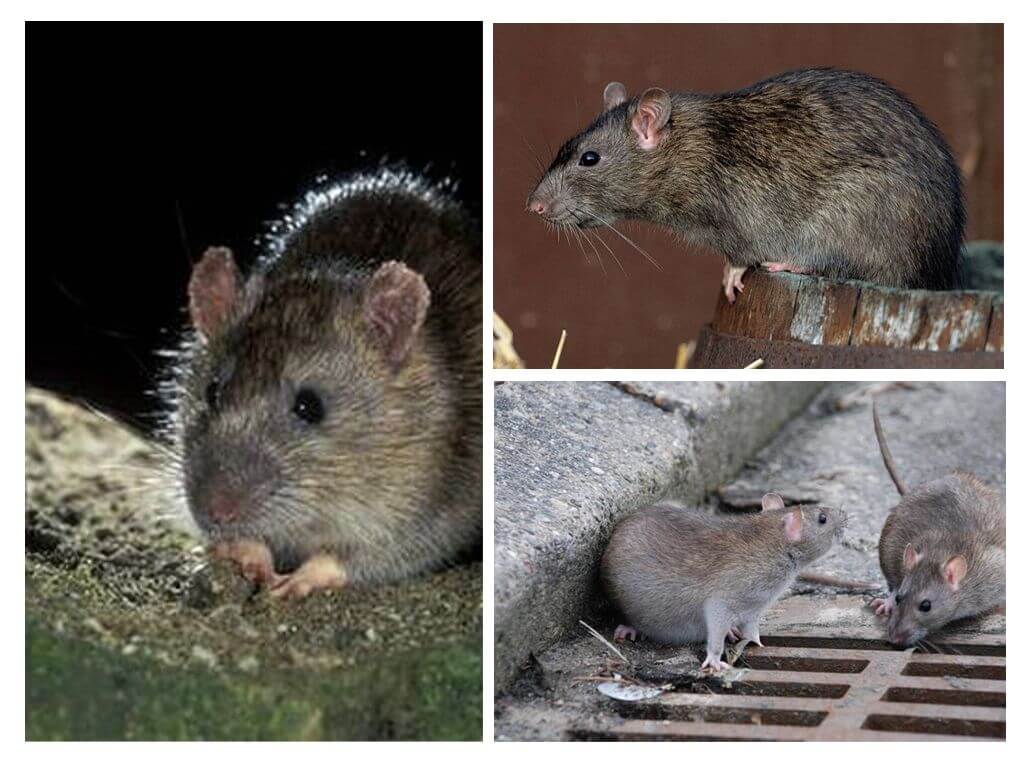
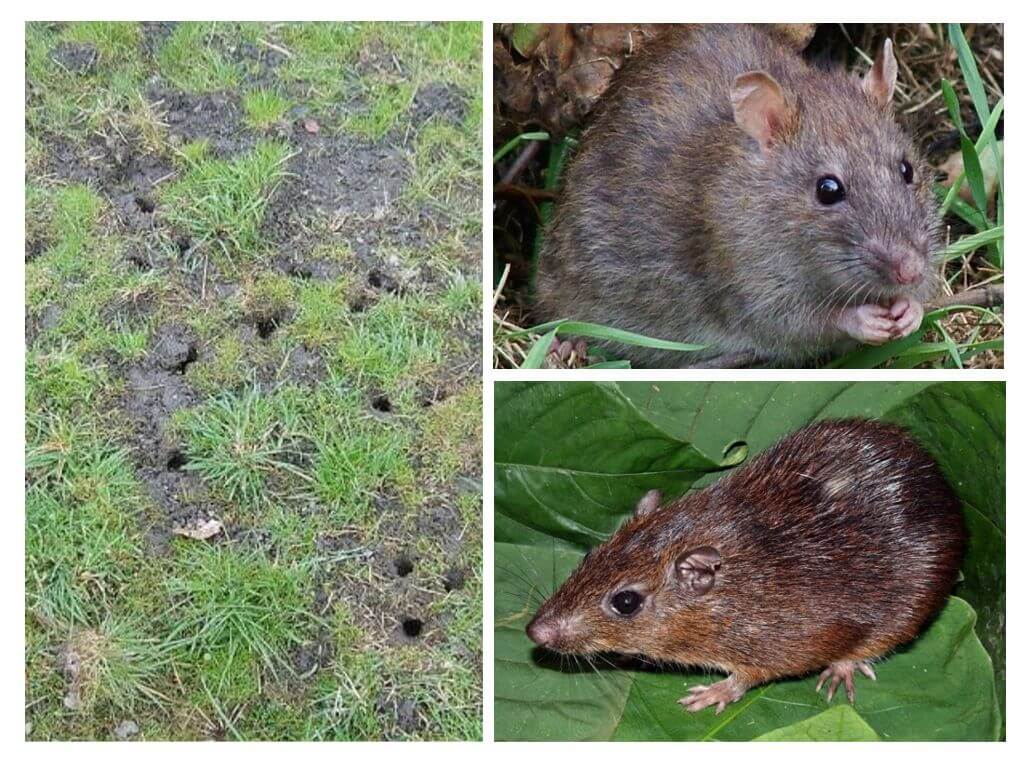
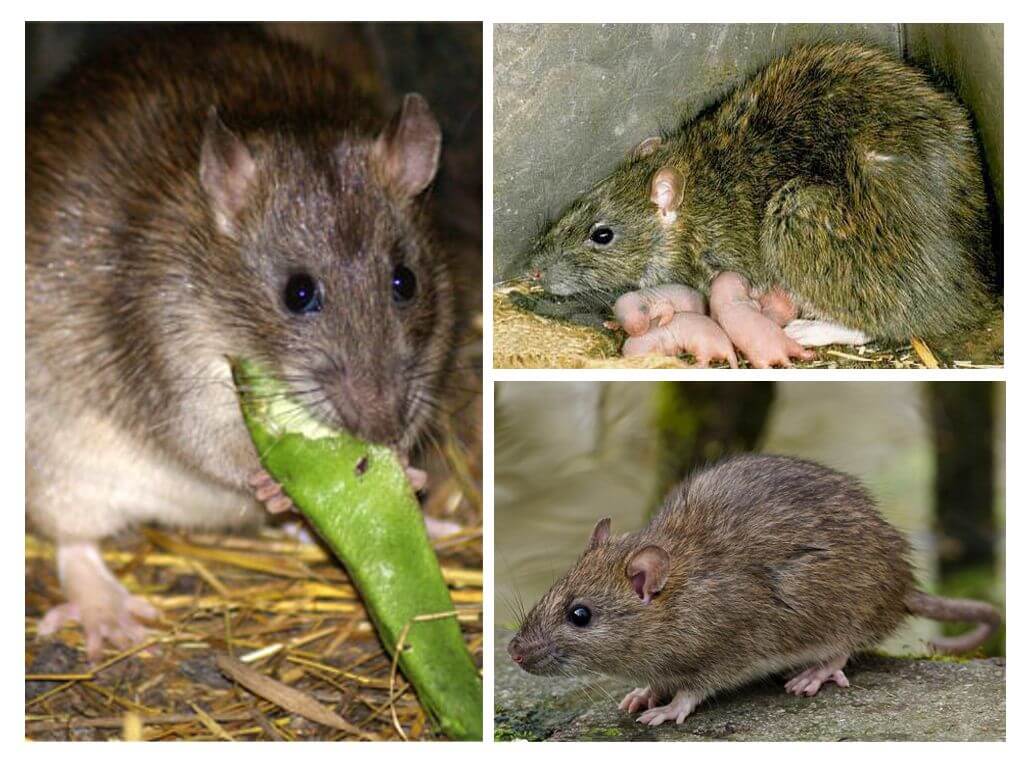
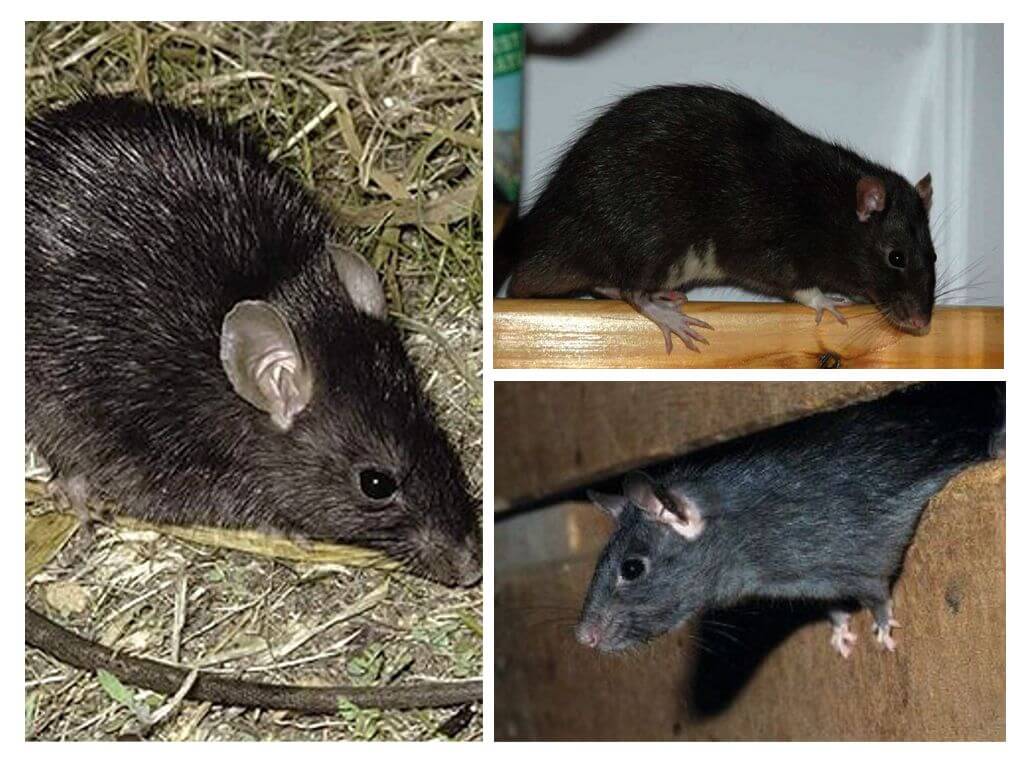
Outwardly - a nice animal. Something between a rat and a hamster. I don’t want to kill such a beast, but I need to drive it away. The surest way is wood ash. Not only rodents drives away, but also harmful insects.
I plant in the beds, peppermint in the garden. It helps from rodents, it smells good and you can make delicious tea.
I noticed moves, minks, mounds in the garden. Moles initially thought, then saw a strange fluffy rat. I have not met before. She didn’t kill. I just laid out branches of wormwood, tansy, and feathers of garlic around the garden.
Apple trees are gnawed. Used glue from rats, mice. A few sticks. Others fled.
We live near the swamp. Water rats were our frequent guests. We tried many different ways, the results are short-lived. The husband put a fence around the site. This is the end of the struggle.
It's a pity to kill, but I have to. Traps were set in the granary, traps, poison scattered.
The water rat feels great on the field. Half of the ears were laid. Contributed to the massive relocation of natural disaster - flooding. They gnawed and left when the water began to decline. I did not manage to do anything with them, but there is no grain.
In the garden I noticed young trees gnawed. Knitted a belt around the apple trees. Spruce, pine branches laid out on the site.